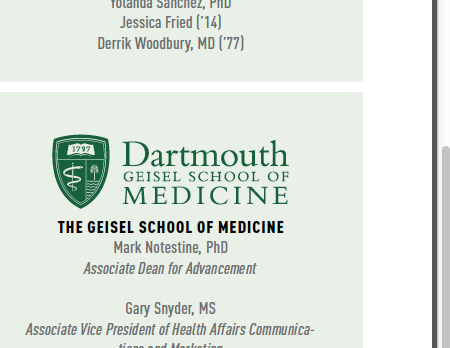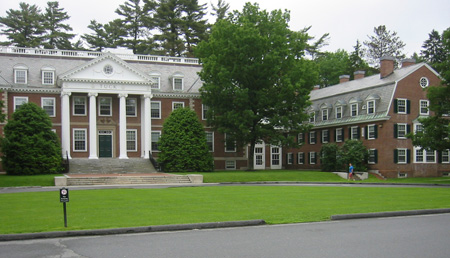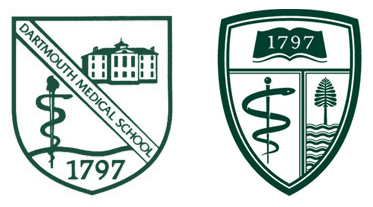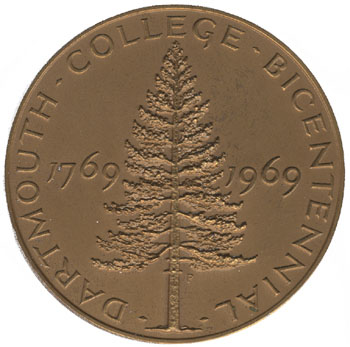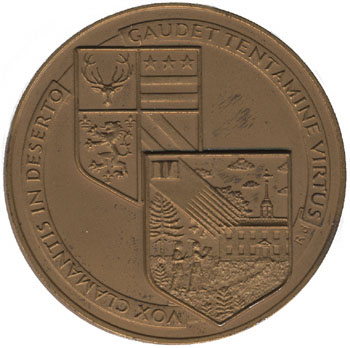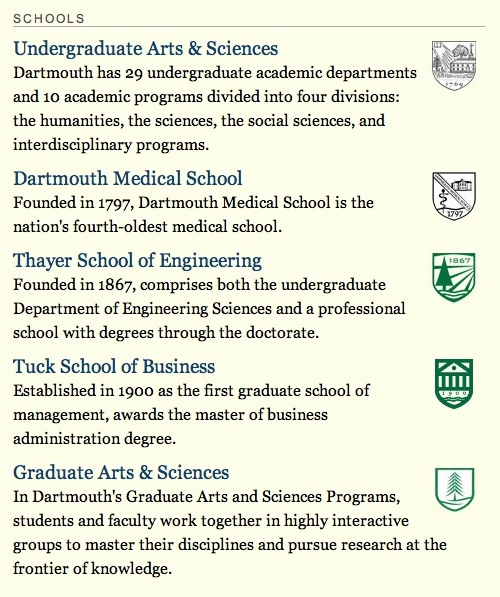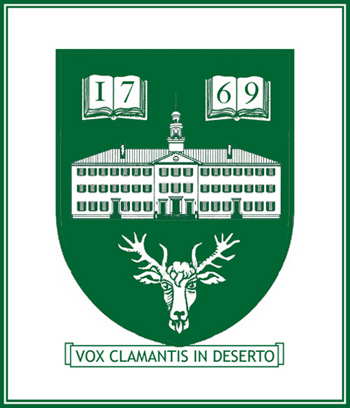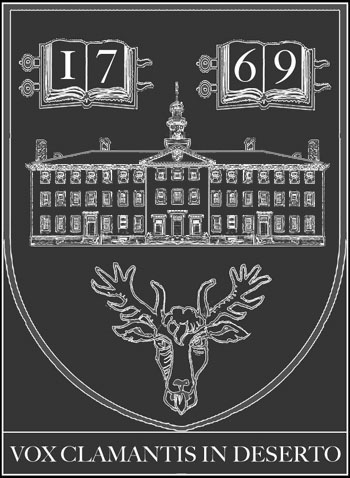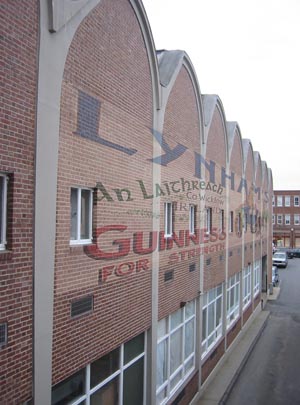- Work continues on the Williamson Translational Research Building at the hospital in Lebanon. Here is a notable tidbit about the building’s namesake donor, the late Dr. Peter Williamson ’58: he once owned the ultimate collector car, Lord Rothschild’s Bugatti Atlantic. Williamson’s car won the Pebble Beach Concours in 2003 and is now in the Mullin Automotive Museum.
- The Rauner Blog post on E.E. Just has a great old photo of Hallgarten. The building was built for the state ag school, known then as N.H.C.A.M.A., and its rear ell is the only part of any building from the campus to survive. The school later moved to Durham and became U.N.H., as its football website points out (via Big Green Alert). Of course, the most meaningful fact that relates to the football rivalry is that Dartmouth’s Memorial Field, indeed the entirety of its athletic complex west of Park Street, was built on one of the state farm fields. The students of the N.H.C.A.M.A. learned how to raise crops in the place where Dartmouth students now play football.
- A group called Project VetCare is buying a house in Hanover, apparently around 65-75 Lebanon Street, to provide housing for veterans, including students (The Dartmouth).
- Dartmouth Medicine has had a redesign by Bates Creative.
- Wouldn’t it be interesting if the U.S. had national food appellations (Wikipedia) beyond the grape-growing regions designated by the AVA? There simply is no equivalent to the geographical indications and traditional specialities of the EU (PDO, PGI, TSG), the AOC of France, or the DOC of Italy. Not all traditional foods are old — Birmingham Balti has been proposed for the list of U.K. foods given protected status, and farmed Scottish salmon is already listed.
- Kendal has demolished the Chieftain (Valley News).
- Crouching Spider is going away (Flickr).
- Dartmouth has talked about changing the name of the overall institution — the umbrella under which the undergraduate college and the graduate and professional schools operate — from Dartmouth College to Dartmouth University. The purpose would be to raise the school’s standing among observers, mostly outside the West, for whom “college” can mean a secondary school or lower school. A fascinating example of this renaming motive is found in Trinity College Dublin, another school that has landed outside the top 125 in the Times World University Rankings. Trinity was founded in 1592 (Wikipedia) as a constituent college of the University of Dublin. What makes Trinity odd is that the University never added any other colleges — Trinity is all there is, and yet the university administration survives, under its own name. Trinity’s rebranding now proposes to replace “Trinity College Dublin” with “Trinity College, University of Dublin.” Oh well; at least the “improved” name seems historically-grounded and technically accurate. Brian M. Lucey argues against it in a blog post, and another post. The real controversy in the rebranding involves the coat of arms:
- Although the Irish Times claims that the Bible is being removed from Trinity’s arms, that does not necessarily appear to be the case. According to an informative paper by Professor John Scattergood (pdf, via Brian M. Lucey), the arms, as formally granted in 1901, require “a Bible closed, clasps to the dexter.” The rebranding includes a new, stylized version of the coat of arms that substitutes an open book, something that easily could be called “a Bible open.” Visually, neither one of the shields identifies the book to the ordinary observer. The changes in colors are all part of the stylization and do no violence to the underlying historic coat of arms. (The University of Dublin obtained its own arms in 1862, and they contain an open book, incidentally.)
- UNH has picked a new logo, a shield designed by Chermayeff & Geismar & Haviv. This shield is not one of the three shields that the firm initially proposed last year (post). Although a couple of those first ideas were intriguing, students and alumni were not pleased. The new identity guide (pdf) notes that “The specific blue color has been made a bit brighter than the past version.”
- Just for your information, the maximum number of effective footnotes in a Word document (Word:Mac 2008) is 32,768. Notes above that number fail gracefully: they still work but are numbered incorrectly, all sharing either the number 32768 or one of a few numbers after that.
- The school’s Flickr feed has a nice set of historic photos titled “BASIC at 50: The Democratization of Computing.” It is especially gratifying to see the buildings identified: the College Hall basement, Kiewit, and so on. (In the lower right corner of another view of Kiewit is a glimpse of someone who could have been a predecessor of Usenet celebrity and campus character Ludwig Plutonium.)
- This fantastic photo of President Kemeny with his BASIC license plate was taken in the parking lot east of Bradley/Gerry, it appears, and has the rear addition of the Church of Christ for a backdrop (somewhat near this present-day Google Street View).
- From an article in The Dartmouth on planning VP Lisa Hogarty: “The biggest change in the College’s capital budget, she said, will come from the proposed expansion to the Thayer School of Engineering.” See the sample master plans of Koetter Kim (post) and Beyer Blinder Belle (post) and the Thayer press release on President Hanlon’s 2013 expansion announcement.
- The news that a family had donated $100m to support Hanlon initiatives makes one think of the Harkness gifts to create “residential colleges” at Harvard and later Yale, but reading The Dartmouth, one learns:
Mastanduno said this gift represents a significant departure from past donations, which have tended to focus on capital infrastructure.
“This isn’t about bricks and mortar,” he said. “It’s about the core academic mission of Dartmouth.”
—–
[Update 04.17.2014: Broken link to Mullin removed, Kendal spelling corrected.]

